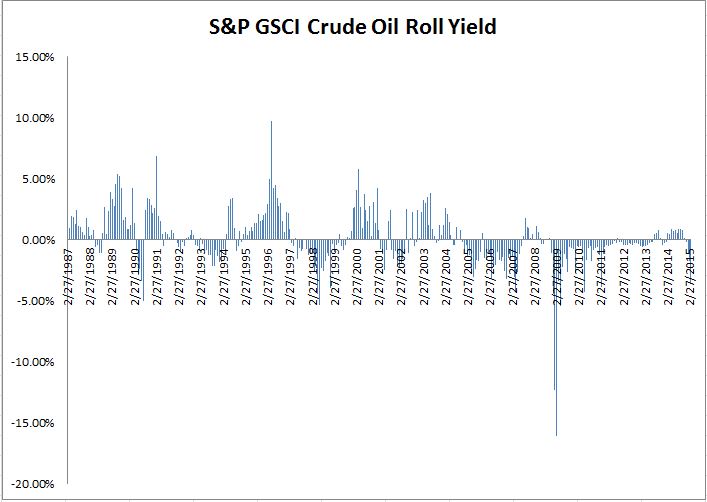It can be interesting to try and explain the world of indices and benchmarks to people from non-financial backgrounds because, at times, it can pose a bit of a challenge. For me, it is a revelation to find out that what I consider as generic information and common knowledge is not quite as simple for many. The general questions being: “What is a benchmark?” Why do you need it?”, and “How do you choose the correct one?”
I thought I would try and simplify this for common understanding. A benchmark is an ideal comparative measure that forms a standard or norm and can be used to gain an understanding of a relative market area or segment. For example, the S&P BSE SENSEX is considered the barometer of Indian markets. Hence, one can understand whether Indian markets have fared well or not based on the index’s movements. The S&P BSE SENSEX’s growth percentage provides periodical statistics on the performance of Indian equity markets.
S&P BSE SENSEX – Price Returns
Source: Asia Index Pvt. Ltd. Data as of Feb. 28, 2015. Charts and tables are provided for illustrative purposes only. Past performance is no guarantee of future results.
But would this index fit all comparative analysis? The answer is no. If one wants to merely check on how the infrastructure companies are faring in the Indian market, the S&P BSE SENSEX would not be the ideal measure, as it is a generic, overall market indicator. One would have to review an index that would be a representation of all infrastructure companies, like the S&P BSE India Infrastructure Index.
S&P BSE India Infrastructure Index – Price Returns
Source: Asia Index Pvt. Ltd. Data as of Feb. 28, 2015. Charts and tables are provided for illustrative purposes only. Past performance is no guarantee of future results.
So how are such benchmarks or indices crafted to be able to provide ideal measuring tools within the segment they represent? Indices are all created based on strict rules. These rules take into account market dynamics and suitability for the region it will represent. For example, rules that work in the U.S. may not necessarily be applicable to the South Asia region. This is true within regions, too: if we were to look at South Asia, the markets in Sri Lanka are largely different than those in Bangladesh, for example. Hence, when rules are crafted, we need to see the maturity and depth of the markets. Furthermore, market consultation also proves to be very beneficial in ensuring that benchmarks are suitable for market participants.
It is important to ensure comparisons are made among suitable benchmarks. As the saying goes, we must compare “apples to apples” in order to understand which is better. Similarly, for investments, the comparison should be made with the similar index benchmark, in order for investors to understand the performance of their portfolios or investments in comparison to the market standards. So if I am investing in an infrastructure fund, it would be most ideal to compare the fund with the market benchmark, meaning, an infrastructure index rather than a generic market index.
The posts on this blog are opinions, not advice. Please read our Disclaimers.











